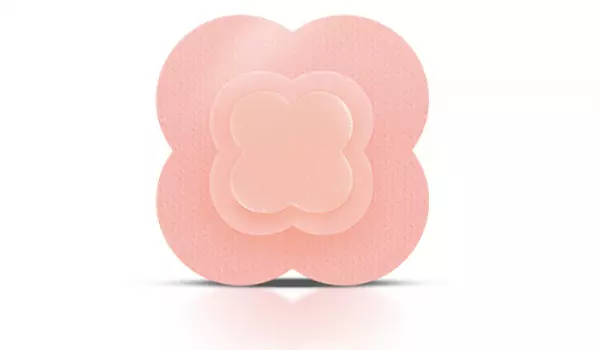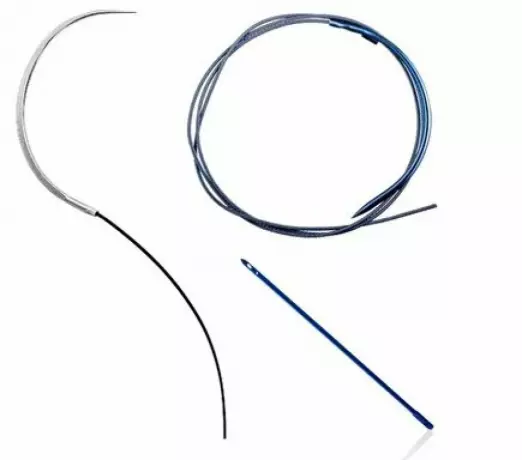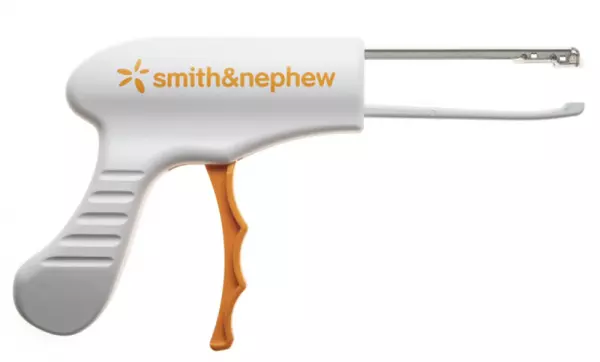
Wound care

Performing wound care is a critical part of treating a patient. This type of treatment can be difficult, especially if there is a disease present. The following are common causes of infection: poor angiogenesis, delayed infiltration of inflammatory cells, decreased host resistance, and inadequate cutaneous or epidermal vasculature. Different types of wounds require different kinds of wound care, so the process may differ from one patient to the next.
A two-dimensional assessment of a wound can be performed using a paper tape and measuring length and width in millimetres. Chronic wounds can be measured by circumference. A three-dimensional assessment can measure depth and is best used to determine the depth of a wound. During the two-dimensional assessment, look for signs of contraction, which indicates that the healing process is occurring. A raised edge may indicate hyper-granulation tissue. A rolled edge may also inhibit the healing process.
The process of assessing and treating a wound can be challenging. The best wound-care specialist will be able to provide a multidisciplinary approach that combines expertise and diverse clinical knowledge to enhance patient care. Through innovative technology and education, a wound care specialist can help improve the quality of life and reduce costs for patients. If you are a Registered Nurse interested in learning about wound-care, make sure to take some time to complete this course.
Advanced wound care is necessary to prevent infections and restore healthy skin tissue to the affected area. With the aid of technology, clinicians can use advanced dressings to remove debris and kill bacteria. The most advanced wound care includes surgical intervention, advanced dressings, and advanced methods of infection control. The latest technologies include the use of enzymes to kill bacteria and prevent the formation of biofilms in the wound. Further, these advancements in medical treatment may even result in an end to unnecessary antibiotic use and amputations.
While many advanced therapies have emerged to treat wounds, the current standard of care is still the most important factor. For example, a patient with an infection has to be evaluated for symptoms that can affect the healing process. In the meantime, advanced treatments are needed for a patient's health. The primary intention helps to hold the edges of the wound together. The delayed primary intention is used to treat surgical wounds. The secondary intention is used to repair a wound that has ruptured.
In wound care, there are many approaches to healing the wound. The primary intention holds the edges of the wound together. Artificial closures can minimize tissue loss and prevent scarring. Infected or contaminated surgical areas often require a delayed primary intention. The secondary intent results in a scar, and is used for pressure injuries, ulcers, and dehisced or leaking skin. However, there are also a variety of ways to treat chronic wounds.
A negative pressure dressing can be used on a wide range of wounds. A wound vacuum is an instrument that creates a vacuum by placing a foam dressing under an occlusive dressing. Its reservoir holds the exudate and is powered by an electric motor. There are also small devices that can create negative pressure using a spring-loaded apparatus. A negative pressure dressing can be painful to use. Contact layers may help reduce the pain.
The use of skin substitutes is integral to wound care. There are living and nonliving skin substitutes. The latter are more costly and less effective than the former. A porcine intestinal submucosa is a type of xenograft, which acts as a scaffold for the wound bed. It can also stimulate inflammatory responses in the wound bed. It is often used for larger wounds. If a patient is allergic to fish, however, this product might not be suitable for them.
A number of drugs are available to treat wounds. Acellular products are used to reduce inflammation and scarring. Acellular products are applied directly to the wound bed and remain on for 12 hours. These drugs are generally safe to use. They can also be expensive and are not suitable for everyone. Nevertheless, these drugs are essential for treating a wide variety of wounds. If you are unsure of which one you should choose, your healthcare provider will recommend the appropriate treatment.







